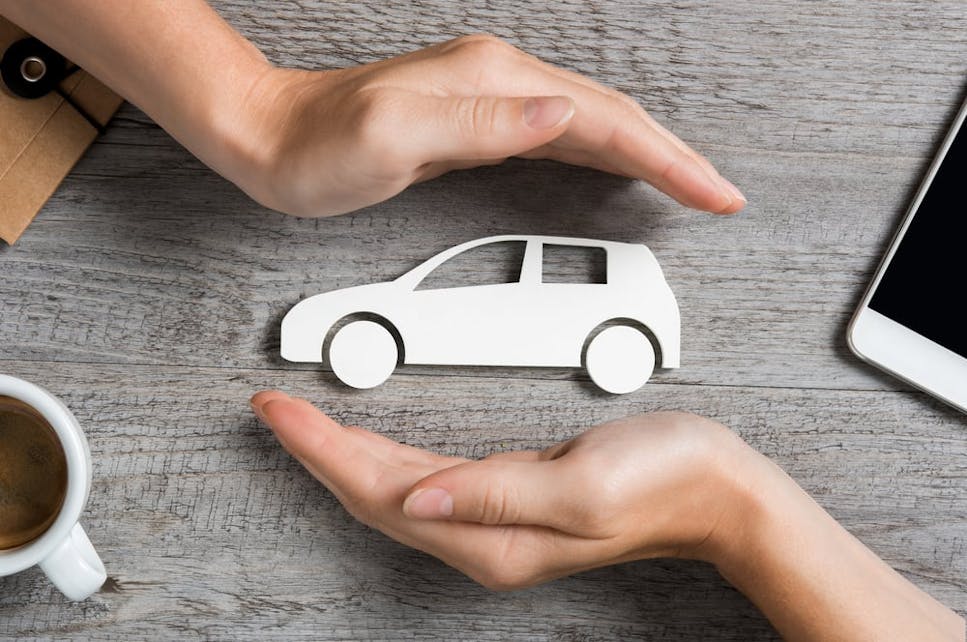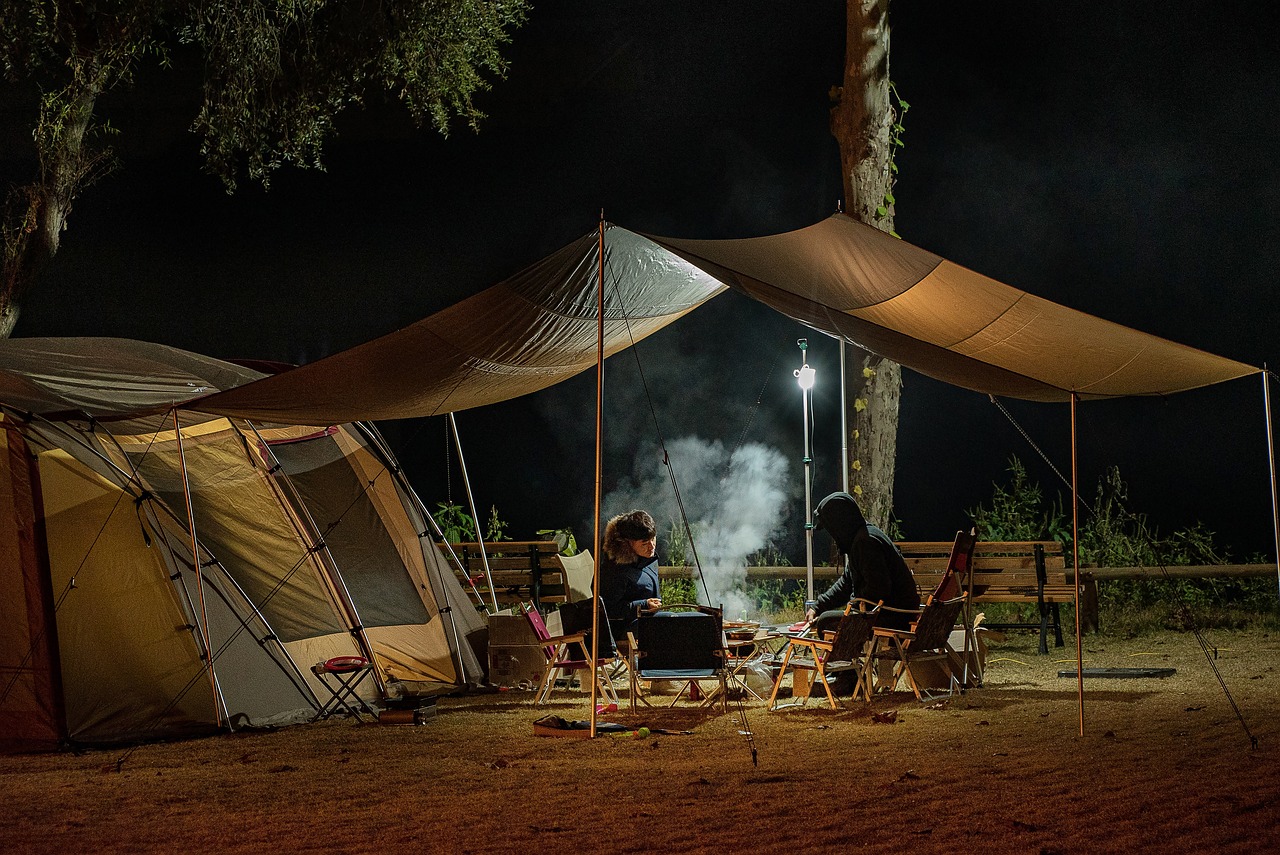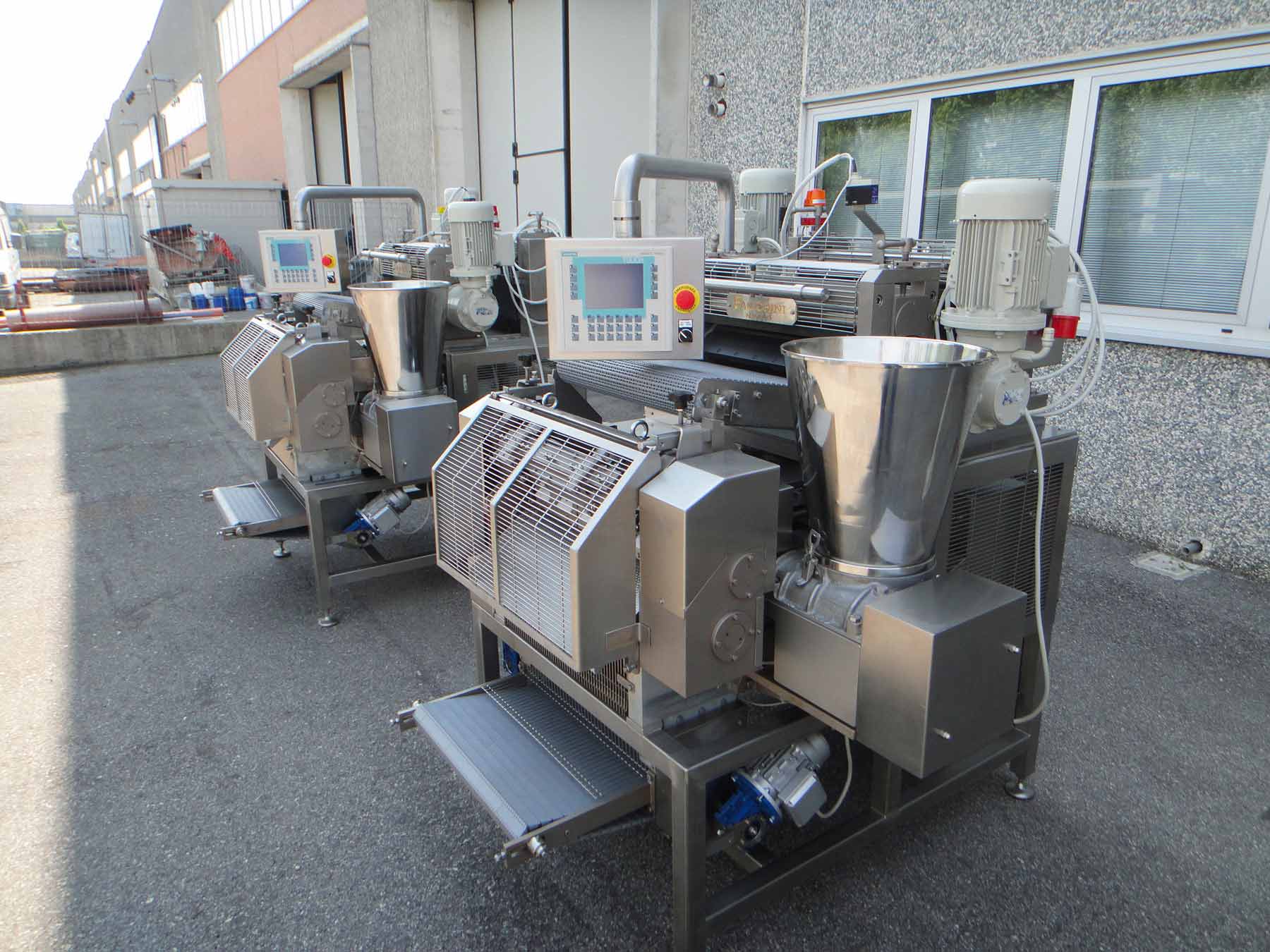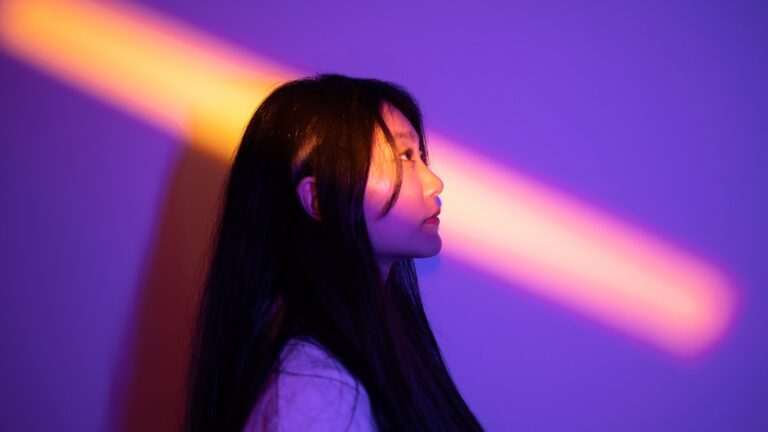If you’ve ever carried a hot coffee to go without burning your fingers, you have the pappedeckel to thank. This simple cardboard lid, often overlooked, plays a crucial role in daily coffee routines worldwide. Beyond just keeping your drink safe, the pappedeckel reflects innovations in sustainability, design, and culture.
This article uncovers the fascinating story and function of the pappedeckel, its environmental benefits, global impact, and future trends shaping beverage packaging.
What Is a Pappedeckel?
The word “pappedeckel” comes from German, meaning “cardboard lid.” It is the round, ridged piece of cardboard used to cover hot beverage cups, such as those holding coffee or tea. Its design prevents spills, insulates heat, and allows comfortable drinking on the move.
Think of it as a protective hat for your cup, cleverly engineered to enhance safety and convenience.
Origins of the Pappedeckel
The rise of takeaway coffee culture in the 20th century created a need for practical lids to protect consumers from spills and burns. The pappedeckel emerged as an eco-friendly alternative to plastic lids, particularly gaining traction in Europe where environmental awareness encouraged sustainable choices.
While the exact inventor remains unclear, its development aligns with growing demand for biodegradable and recyclable packaging options.
Why Use a Pappedeckel?
Holding a steaming cup without protection can be painful and risky. The pappedeckel acts as an insulator, keeping your hands safe from heat and preventing accidental spills. Much like oven mitts protect your hands, this lid safeguards the user while on the go.
Its durability and water resistance often come from kraft paper or recycled cardboard treated with wax coatings, combining strength with biodegradability.
The Pappedeckel and Coffee Culture
In cafes worldwide, the pappedeckel has become an invisible yet essential part of daily routines. It symbolizes busy lifestyles, quick coffee breaks, and moments of mindful sipping. Some customers even keep their lids on after finishing the drink, showcasing its ingrained presence in coffee habits.
From Starbucks to local coffee shops, the pappedeckel helps define the takeaway coffee experience.
Environmental Benefits
The biggest advantage of the pappedeckel is its sustainability. Unlike plastic lids, which can take centuries to degrade, cardboard lids break down naturally and often incorporate recycled materials. This significantly reduces landfill waste and environmental footprint.
Using pappedeckel supports eco-conscious consumers who want to enjoy convenience without compromising the planet.
Innovations in Pappedeckel Design
Designers continuously improve pappedeckel features to enhance functionality and sustainability. Recent advancements include:
- Interlocking edges to reduce leaks
- Textured embossing for better grip
- Use of plant-based adhesives and coatings
These innovations combine practicality with environmental responsibility, offering users better products with less waste.
Branding and Marketing Potential
Businesses have recognized the pappedeckel’s value as a branding tool. Printing logos, slogans, or artistic designs on the lids turns customers into walking billboards. This visibility helps companies reinforce brand identity while promoting eco-friendly values.
Customized pappedeckel designs are becoming a popular marketing strategy in competitive coffee markets.
Creative DIY Uses
Don’t discard your used pappedeckel just yet. Creative individuals repurpose these lids into:
- Coasters to protect furniture
- Plant markers for gardens
- Decorative wall art or journal accessories
A little imagination transforms this humble lid into practical and artistic items, extending its usefulness.
Global Perspectives on Pappedeckel
Though “pappedeckel” is German, the concept is universal. Different regions approach it uniquely:
- Japan favors minimalist, efficient designs.
- Sweden emphasizes eco-friendly materials and recycling.
- The US focuses on branding and mass production.
This blend of innovation and cultural adaptation highlights the lid’s global significance.
Consumer Psychology and Experience
Research shows that tactile and visual qualities influence how people perceive their coffee experience. A well-fitting, comfortable pappedeckel can elevate a simple drink, making it feel more premium and satisfying.
The lid plays a subtle but powerful role in shaping overall enjoyment beyond the beverage itself.
Future Trends in Beverage Lid Technology
The future of pappedeckel may include exciting developments such as:
- Edible lids made from natural ingredients
- Seed paper lids that can be planted after use
- Smart lids with temperature indicators or freshness sensors
These concepts represent a shift toward innovation that blends convenience, sustainability, and technology.
Challenges and Limitations
Despite its benefits, the pappedeckel faces some challenges:
- Reduced durability in humid or wet conditions
- Slightly higher cost compared to plastic alternatives
- Still contributing to disposable waste, albeit biodegradable
Ongoing improvements and consumer education are key to overcoming these issues.
Conclusion
The pappedeckel is more than a simple cardboard lid. It is an everyday hero in the coffee world, combining safety, sustainability, and style. As coffee culture evolves and environmental concerns grow, the pappedeckel stands at the crossroads of tradition and innovation.
Next time you pick up a cup of coffee, take a moment to appreciate the pappedeckel—an unassuming but vital piece of your daily routine and a symbol of greener choices in modern life.










